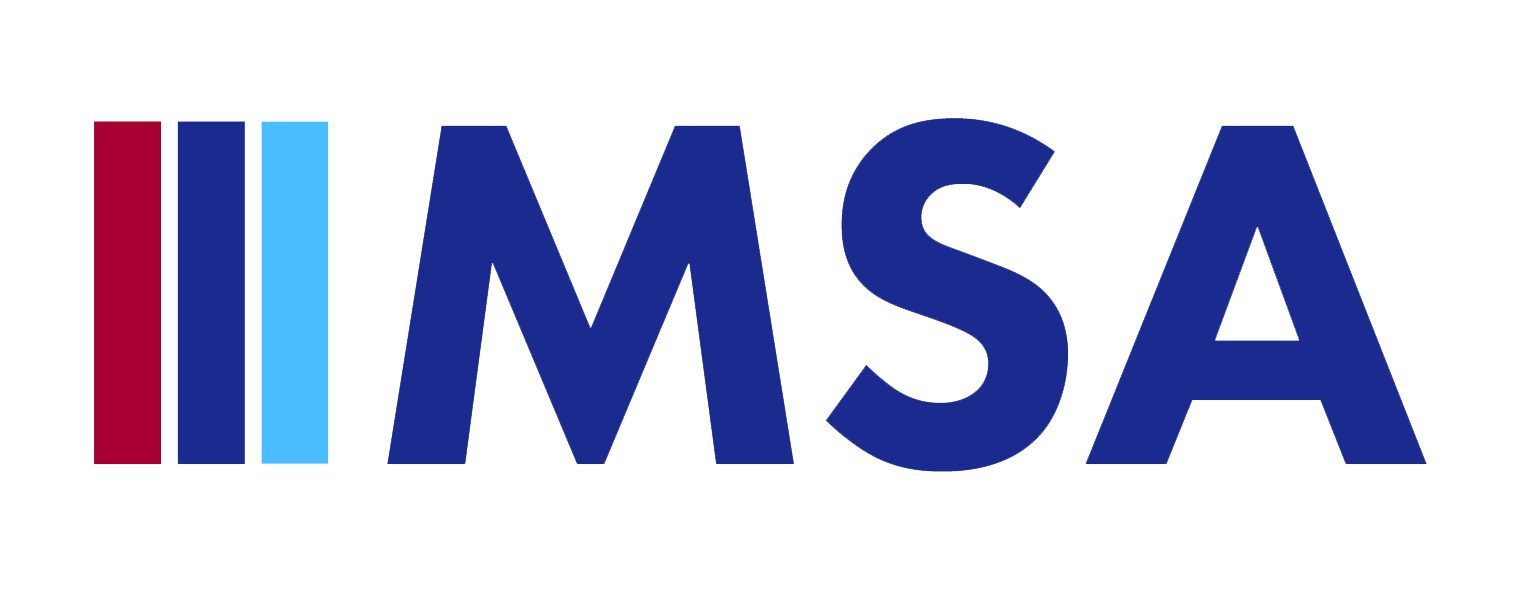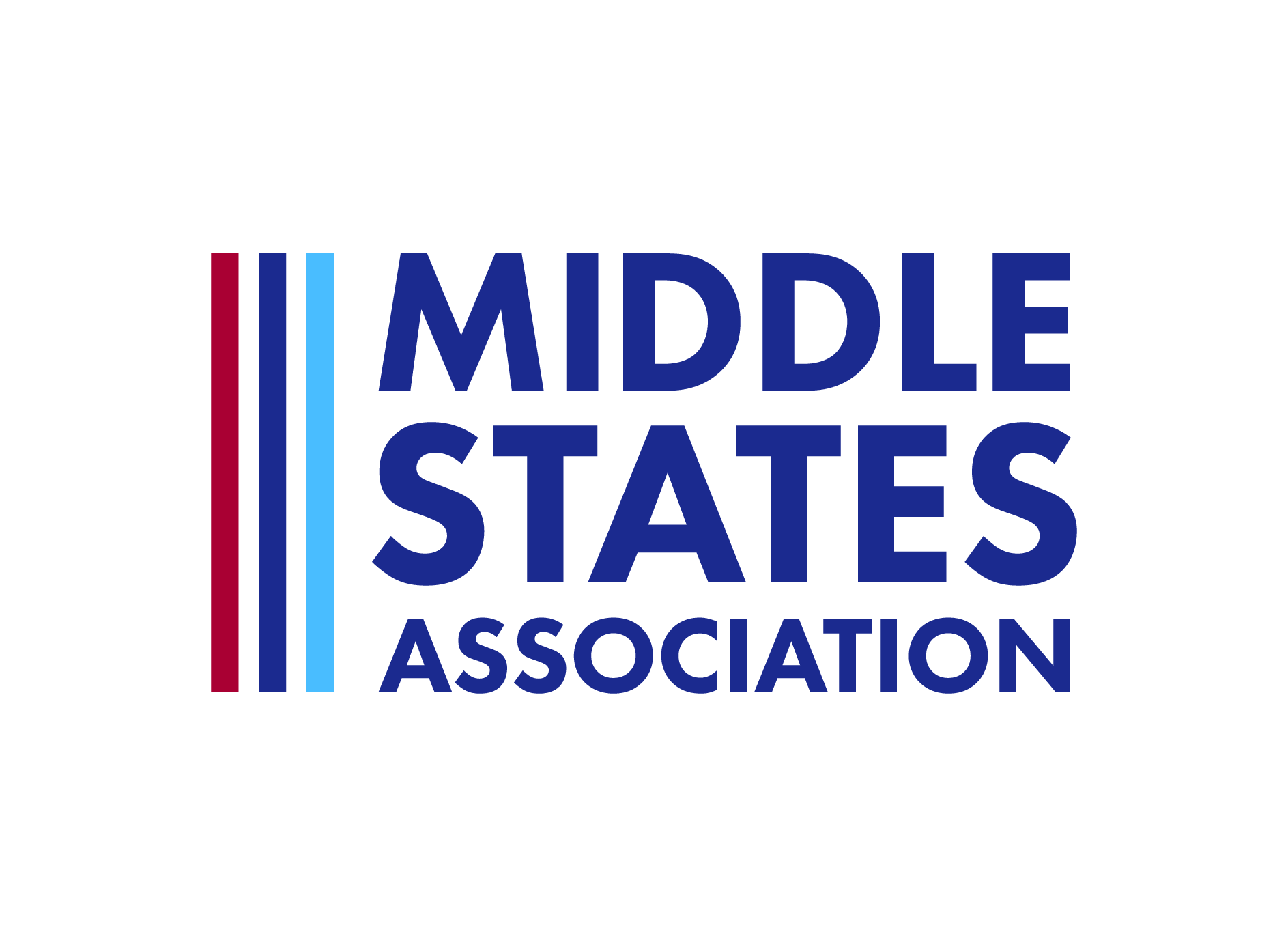The book identifies eight practices regarding which schools and district personnel should collaborate to enhance school improvement. These eight practices are: adopt an inquiry cycle; clarify roles and create teams; team effectively; narrow the focus; lead with purpose; connect teams; leverage expertise; and reflect and refine. The authors point out several keys to successful collaboration between the school district and its schools. These include the following: Avoid mandating programs and instead focus on providing autonomy within boundaries. Focus on a deeper context of learning versus looking immediately to school structure as a solution. Involve teachers as drivers of needed change. Narrow the focus of collaboration and realize that every issue can’t be addressed at once, while also avoiding hastily implementing solutions before a root cause is identified.
- identifying clear roles and responsibilities
- involving all stakeholders in continuous review
- establishing school improvement teams
- analyzing qualitative and quantitative data
- focusing on capacity and gaps in student performance and root causes
- developing a long-term plan for systemic change and avoiding hasty solutions
- enlisting teachers as drivers of needed change
- validating assessment using external peer review

